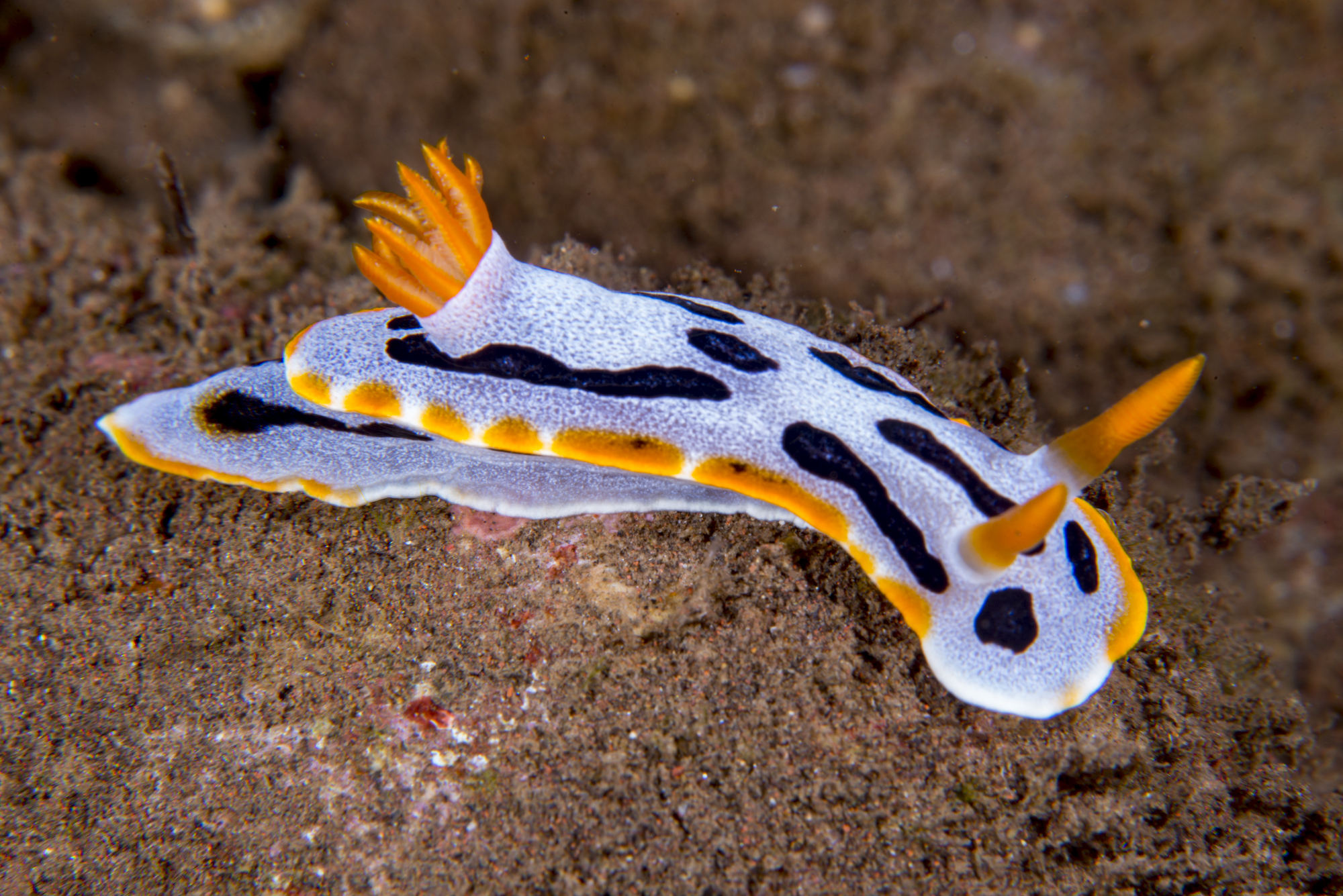|
Caryophyllidia
Caryophyllidia are an anatomical feature of the external dorsal surface of dorid sea slugs. Caryophyllidia are sensory tubercle In anatomy, a tubercle (literally 'small tuber', Latin for 'lump') is any round nodule, small eminence, or warty outgrowth found on external or internal organs of a plant or an animal. In plants A tubercle is generally a wart-like projection ...s, surrounded by tiny needle-like structures called spicules, that are present on the outer mantle. References Gastropod anatomy {{gastropod-stub ... [...More Info...] [...Related Items...] OR: [Wikipedia] [Google] [Baidu] |
Doridacea
''Doridacea'' is a taxonomic grouping of dorid nudibranchs, shell-less marine gastropod mollusks.Bouchet P. & Rocroi J.-P. (Ed.); Frýda J., Hausdorf B., Ponder W., Valdes A. & Warén A. 2005''Classification and nomenclator of gastropod families''.Malacologia: International Journal of Malacology, 47(1-2). ConchBooks: Hackenheim, Germany. . ISSN 0076-2997. 397 pp. included in the clade Euctenidiacea of the clade Nudibranchia. Taxonomy *Superfamily Doridoidea **Family Dorididae **Family Actinocyclidae **Family Chromodorididae **Family Discodorididae *Superfamily Phyllidioidea **Family Phyllidiidae **Family Dendrodorididae **Family Mandeliidae *Superfamily Onchidoridoidea (= Phanerobranchiata Suctoria) **Family Akiodorididae **Family Calycidorididae **Family Goniodorididae **Family Onchidorididae **Family Corambidae *Superfamily Polyceroidea (= Phanerobranchiata Non Suctoria) **Family Polyceridae **Family Aegiridae - In Bouchet & Rocroi (2005) Aegiretidae is an incorrect ... [...More Info...] [...Related Items...] OR: [Wikipedia] [Google] [Baidu] |
Tubercle
In anatomy, a tubercle (literally 'small tuber', Latin for 'lump') is any round nodule, small eminence, or warty outgrowth found on external or internal organs of a plant or an animal. In plants A tubercle is generally a wart-like projection, but it has slightly different meaning depending on which family of plants or animals it is used to refer to. In the case of certain orchids and cacti, it denotes a round nodule, small eminence, or warty outgrowth found on the lip. They are also known as podaria (singular ''podarium''). When referring to some members of the pea family, it is used to refer to the wart-like excrescences that are found on the roots. In fungi In mycology, a tubercle is used to refer to a mass of hyphae from which a mushroom is made. In animals When it is used in relation to certain dorid nudibranchs such as '' Peltodoris nobilis'', it means the nodules on the dorsum of the animal. The tubercles in nudibranchs can present themselves in different ways: e ... [...More Info...] [...Related Items...] OR: [Wikipedia] [Google] [Baidu] |
Mantle (mollusc)
The mantle (also known by the Latin word pallium meaning mantle, robe or cloak, adjective pallial) is a significant part of the anatomy of molluscs: it is the dorsal body wall which covers the visceral mass and usually protrudes in the form of flaps well beyond the visceral mass itself. In many species of molluscs the epidermis of the mantle secretes calcium carbonate and conchiolin, and creates a shell. In sea slugs there is a progressive loss of the shell and the mantle becomes the dorsal surface of the animal. The words mantle and pallium both originally meant cloak or cape, see mantle (vesture). This anatomical structure in molluscs often resembles a cloak because in many groups the edges of the mantle, usually referred to as the ''mantle margin'', extend far beyond the main part of the body, forming flaps, double-layered structures which have been adapted for many different uses, including for example, the siphon. Mantle cavity The ''mantle cavity'' is a central fea ... [...More Info...] [...Related Items...] OR: [Wikipedia] [Google] [Baidu] |


